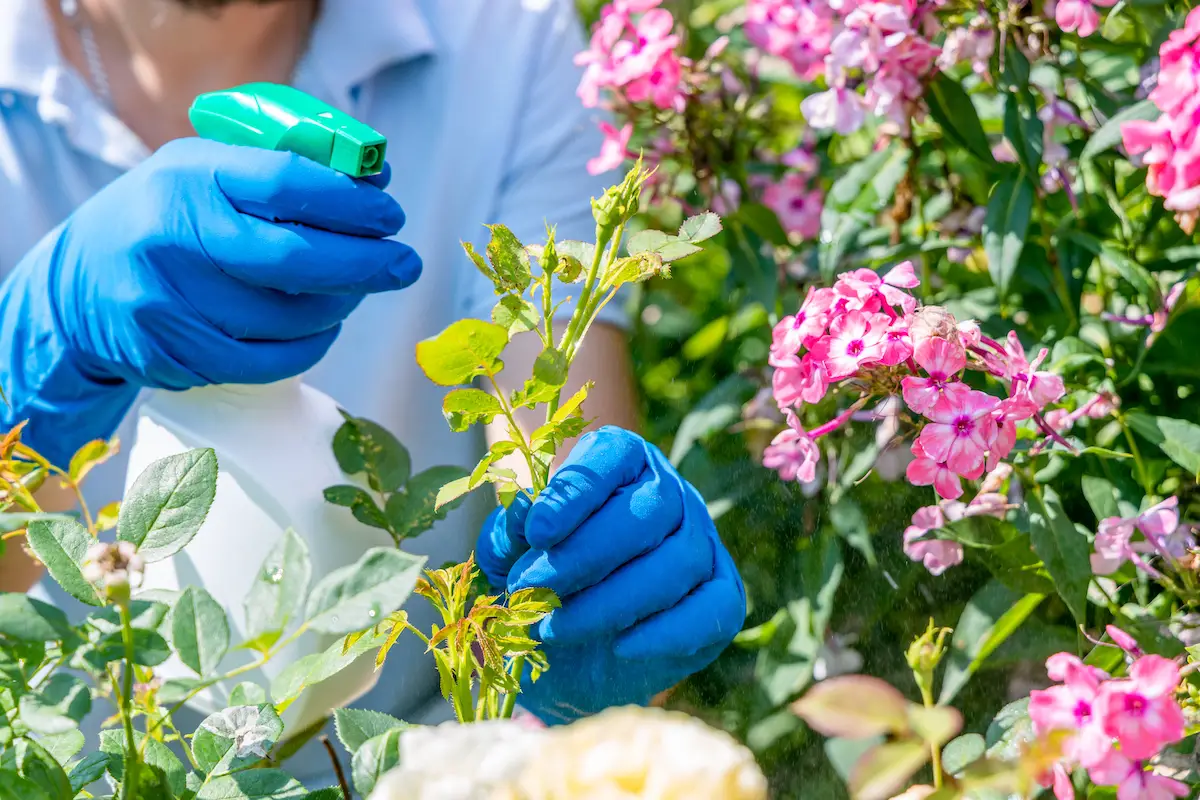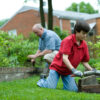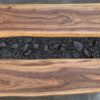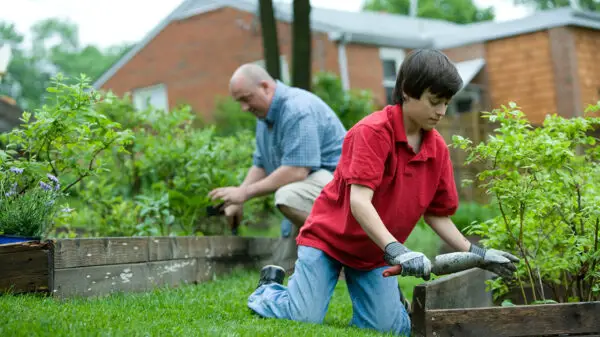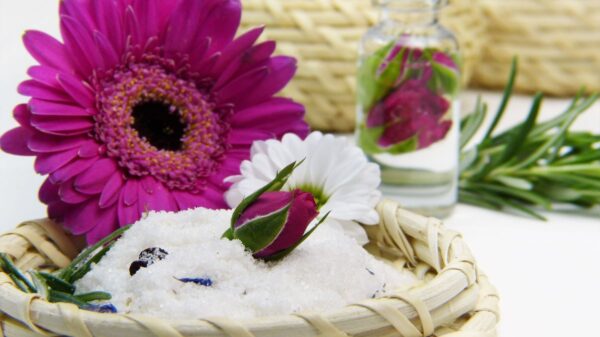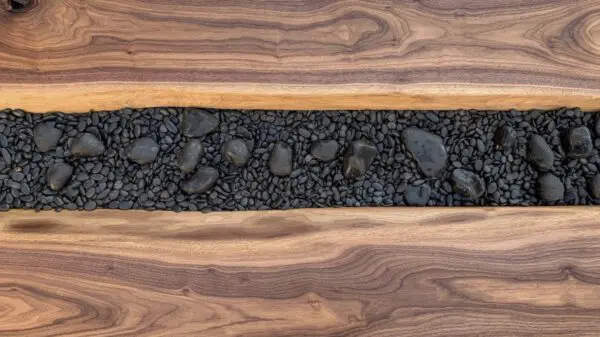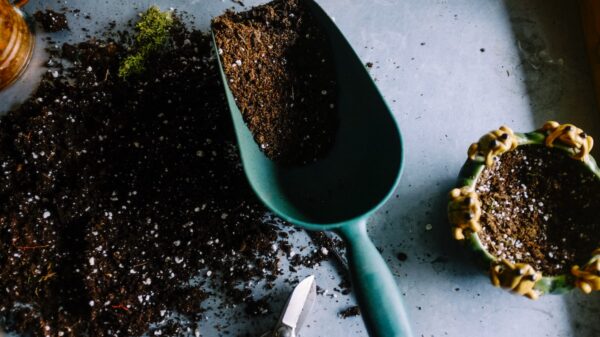Preventing Common Pests and Diseases in Microgardens
Microgardens have gained significant popularity in recent years due to their practicality and ability to produce fresh, organic produce in limited spaces. These small-scale gardens are ideal for urban dwellers and those with limited gardening experience.
However, like any garden, microgardens are susceptible to pests and diseases that can hinder their productivity.
In this article, we will explore the common pests and diseases that affect microgardens and discuss effective prevention and control strategies to help you maintain a healthy and thriving microgarden.
What Is a Microgarden?
A microgarden is a small-scale garden that allows individuals to grow plants and vegetables in limited spaces, such as balconies, patios, or even indoors.
It is designed to maximize the use of space while providing an opportunity for urban dwellers and those with limited gardening experience to engage in gardening and enjoy the benefits of fresh, homegrown produce.
Microgardens are typically characterized by their compact size and efficient use of resources. They often employ vertical gardening techniques, container gardening, and creative planting strategies to make the most of the available space.
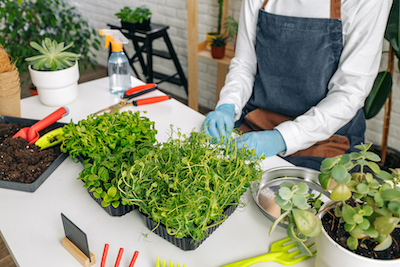
This allows individuals to grow a variety of plants, including herbs, vegetables, flowers, and even small fruit trees, despite the limited area.
One of the key advantages of microgardens is their accessibility. They provide an opportunity for individuals living in urban environments with limited access to traditional gardening spaces to experience the joy of gardening.
Microgardens offer a solution for those who lack a backyard or extensive outdoor area but still want to cultivate their own plants and enjoy the benefits of fresh produce.
In addition to their practicality, microgardens also offer numerous benefits. They provide an aesthetic appeal, adding greenery and beauty to urban spaces.
They also promote sustainability by encouraging individuals to grow their own food, reducing the reliance on commercially produced crops that often require extensive transportation and packaging.
Overall, microgardens offer a creative and practical solution for individuals who want to engage in gardening and enjoy the pleasures of homegrown produce, even in limited spaces.
With careful planning and innovative techniques, microgardens can provide a rewarding gardening experience and contribute to a more sustainable and green lifestyle.
The Importance of Pest and Disease Control in Microgardens
Before delving into specific pests and diseases, it’s crucial to understand the significance of effective pest and disease control in microgardens.
In these compact spaces, the impact of pests and diseases can be amplified, potentially leading to substantial crop losses.
By implementing preventative measures and timely interventions, you can ensure the long-term success of your microgarden and enjoy a bountiful harvest.
What Are the Common Pests in Microgardens?
Pests are a common challenge faced by microgardeners. These tiny invaders can wreak havoc on your plants, compromising their health and productivity. Here are some of the most common pests encountered in microgardens:
1. Aphids
Aphids are small insects that feed on the sap of plants, causing them to weaken and distort. These pests reproduce rapidly and can quickly infest your microgarden if left unchecked. Look out for clusters of small, pear-shaped insects on the undersides of leaves.
2. Whiteflies
Whiteflies are small, winged insects that resemble tiny moths. They suck on plant sap and excrete a sticky substance called honeydew, which can attract mold and make leaves appear shiny and sticky. Yellowing leaves and stunted growth are common signs of a whitefly infestation.
3. Spider Mites
Spider mites are microscopic pests that thrive in warm and dry conditions. They pierce the leaves of plants, causing stippling and discoloration. Infested plants may also develop fine webbing, particularly on the undersides of leaves.
4. Slugs and Snails
Slugs and snails are common garden pests that can quickly decimate young seedlings and tender leaves. These mollusks feed on plant foliage, leaving behind irregular holes and slime trails. They are often active during the night and thrive in moist environments.
5. Thrips
Thrips are tiny, slender insects that feed on plant sap, causing silver or bronze streaks on leaves. These pests are known to transmit viruses and can result in reduced yields and distorted growth. Look for signs of thrips by inspecting leaves for silvery patches and black specks.
What Are the Common Diseases in Microgardens?
In addition to pests, microgardens are susceptible to various diseases caused by fungi, bacteria, and viruses. Understanding these diseases is essential for their prevention and control. Here are some common diseases that can affect microgardens:
1. Powdery Mildew
Powdery mildew is a fungal disease characterized by a white, powdery coating on plant leaves and stems. It thrives in warm and humid conditions, often affecting plants in crowded spaces. Infected plants may exhibit stunted growth and distorted foliage.
2. Leaf Spot
Leaf spot is a fungal disease that causes circular or irregular-shaped spots on plant leaves. These spots may vary in color, ranging from brown to black. Over time, the affected leaves may yellow, wither, and drop prematurely.
3. Root Rot
Root rot is a common problem in microgardens caused by overwatering and poorly drained soil. It is characterized by dark, mushy roots that may emit a foul odor. Affected plants may exhibit wilting, yellowing leaves, and stunted growth.
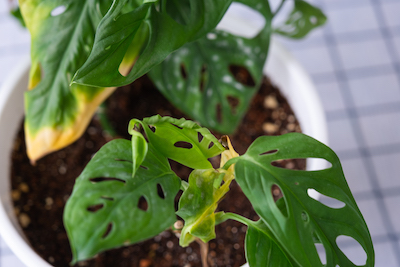
4. Bacterial Blight
Bacterial blight is a bacterial disease that affects a wide range of plants. It causes water-soaked lesions on leaves and stems, which may turn dark and develop a slimy appearance. Infected plants often show wilting and can experience significant yield losses.
5. Viral Diseases
Viral diseases can affect various aspects of plant growth and development. Symptoms can include stunted growth, mottled leaves, yellowing, and distorted foliage. These diseases are often spread by pests, so effective pest control is crucial for prevention.
Prevention and Control Strategies
Now that we have explored the common pests and diseases in microgardens, let’s discuss some effective prevention and control strategies to keep your microgarden healthy and thriving:
- Maintain Proper Hygiene: Start with clean soil, disease-free plants, and sanitized gardening tools to minimize the risk of introducing pests and diseases to your microgarden.
- Provide Adequate Air Circulation: Good air circulation helps prevent the buildup of humidity, reducing the risk of fungal diseases. Proper spacing between plants and strategic placement of fans can improve air movement in your microgarden.
- Practice Crop Rotation: Rotating crops from season to season can help disrupt pest and disease life cycles. Avoid planting the same type of crops in the same location year after year.
- Implement Natural Predators: Introduce beneficial insects like ladybugs and lacewings to your microgarden. These natural predators feed on pests and help maintain a balanced ecosystem.
- Monitor and Identify Pests and Diseases: Regularly inspect your plants for signs of pests and diseases. Early detection allows for prompt intervention and minimizes the risk of widespread infestations.
- Practice Water Management: Avoid overwatering, as it can create conditions favorable for diseases like root rot. Water your plants at their base, keeping the foliage dry to prevent the spread of fungal diseases.
Conclusion
Microgardens provide an excellent opportunity to grow fresh produce in small spaces. However, being aware of the common pests and diseases that can affect microgardens is essential for their successful cultivation.
By implementing preventative measures, practicing good hygiene, and monitoring your microgarden regularly, you can effectively control pests and diseases and enjoy a thriving microgarden. Remember, maintaining a healthy and balanced ecosystem is key to long-term microgarden success.
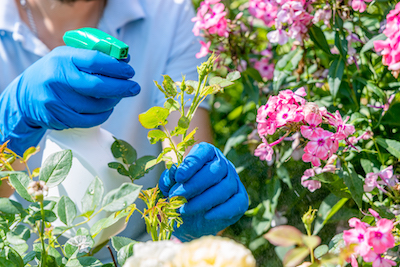
FAQs
How can I attract beneficial insects to my microgarden?
Planting diverse flowering plants, such as marigolds and lavender, can attract beneficial insects to your microgarden. These plants provide nectar and pollen, serving as food sources for beneficial insects.
Can I use chemical pesticides in my microgarden?
While chemical pesticides may offer quick results, they can also harm beneficial insects and disrupt the balance of your microgarden’s ecosystem. It is advisable to explore organic and natural pest control methods first.
Should I remove infected plants from my microgarden?
Yes, removing infected plants promptly is crucial to prevent the spread of diseases to healthy plants. Dispose of the infected plants away from your microgarden to avoid recontamination.
How often should I inspect my microgarden for pests and diseases?
Regular monitoring is essential for early detection and effective control. Aim to inspect your microgarden at least once a week, paying close attention to the undersides of leaves where pests often hide.
Can I prevent powdery mildew in my microgarden?
While it may be challenging to entirely prevent powdery mildew, you can minimize its occurrence by providing good air circulation, avoiding overhead watering, and selecting mildew-resistant plant varieties.
Is it possible to control pests and diseases without using pesticides?
Absolutely! There are several organic and natural pest control methods available, such as using companion planting, homemade insecticidal soaps, and biological controls. These methods can effectively manage pests and diseases without relying on chemical pesticides.


